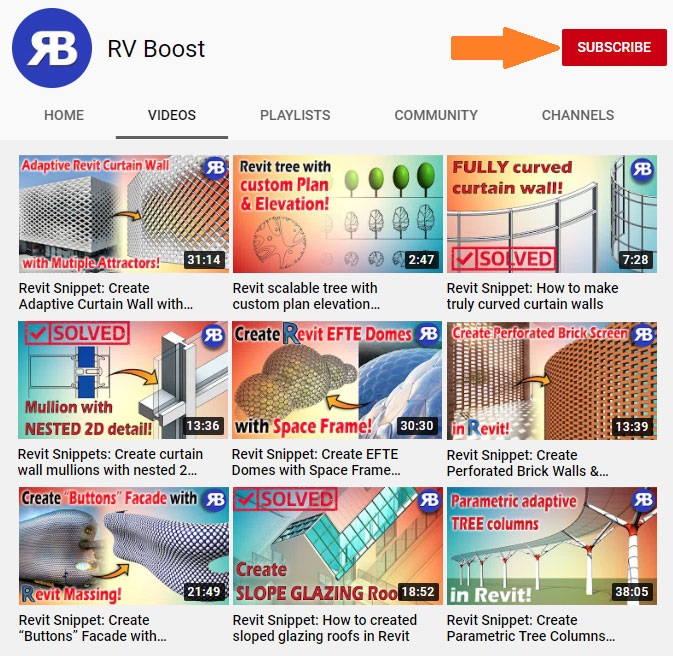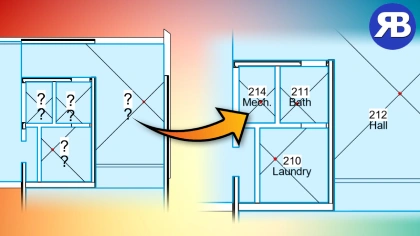Revit Snippet: Re-host All Orphaned Room Tags
If you work with linked models in Revit, you’ve likely run into the frustrating issue of orphaned room tags. These tags lose their host when the original rooms are replaced or changed in the linked file, leaving behind mysterious question marks and broken annotations in your views.
Doing this manually takes forever — selecting each tag, clicking Pick New Host, and then selecting a new room. If you have dozens or hundreds of these, it becomes a time-consuming chore. But there is a better way.
Resources
✅ My full Python Scripting for Dynamo course
✅ My other tutorial on using Python for Dynamo in Revit
✅ My other tutorial on setting up and using Visual Studio Code for writing Python code in Dynamo
What This Tutorial Covers
In this tutorial, you’ll learn how to:
- Identify all orphaned room tags in your active Revit view
- Automatically rehost each tag to the nearest linked room
- Safely skip tags that cannot be rehosted
- Use Python inside Dynamo to recreate tags with correct hosts
- Clean up old tags and commit changes to your model
- Bonus: Use Tagitize to arrange your tags for perfect clarity
This solution works by checking each orphaned tag’s position, finding the closest room in the linked model, and recreating the tag with the correct host. It even keeps the same tag family type for consistency.
👨💻 Build the Script Yourself Step by Step
For those who want to learn how it works under the hood, the video includes a detailed coding walkthrough. You’ll use:
- Dynamo’s Python node
- Visual Studio Code for clean scripting
- Revit API calls to detect tags, read locations, and place new tags
- Best practices for transactions and error handling
It’s an excellent learning opportunity for anyone diving into Python for Dynamo.
🧠 Smarter Tag Placement with Tagitize
After your tags are rehosted, layout can still be messy. That’s where Tagitize comes in. This tool intelligently positions your room tags to avoid overlaps with furniture, specialty equipment, and other elements.
You can even use Tagitize to auto-place tags for multiple categories beyond rooms — including furniture and specialty equipment — and fine-tune placement interactively with just a click.
🎯 Who This Tutorial Is For
This tutorial is ideal for:
- BIM managers working with Revit links
- Architects and engineers tired of cleaning up broken tags
- Revit users seeking better tag management
- Dynamo and Python learners looking for practical projects
- Anyone who wants to improve documentation workflows
📚 Ready to Learn More?
If this tutorial sparked your interest in automating Revit tasks, check out my full online course on Python for Dynamo. It covers everything you need to build your own time-saving tools inside Revit.
Enroll in the full Python for Dynamo course
📅 New Tutorials Every Week
Subscribe to my YouTube channel to stay updated with new Revit and Dynamo automation tutorials every week. You’ll learn to save hours of work, reduce manual tasks, and create more professional Revit models.


